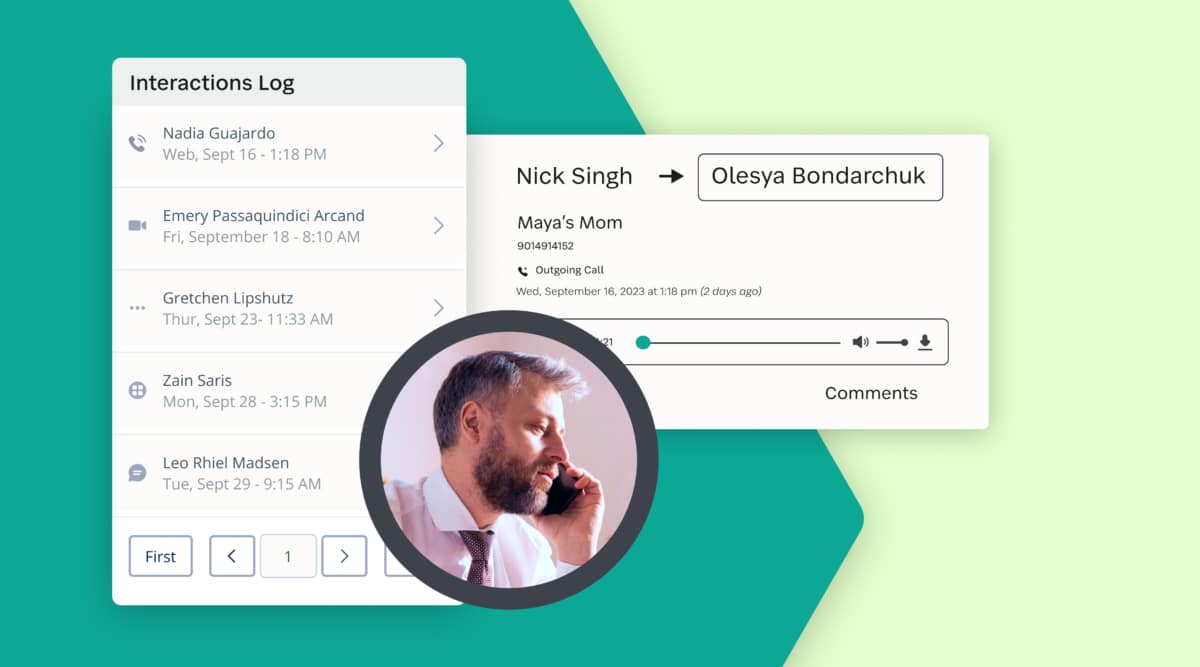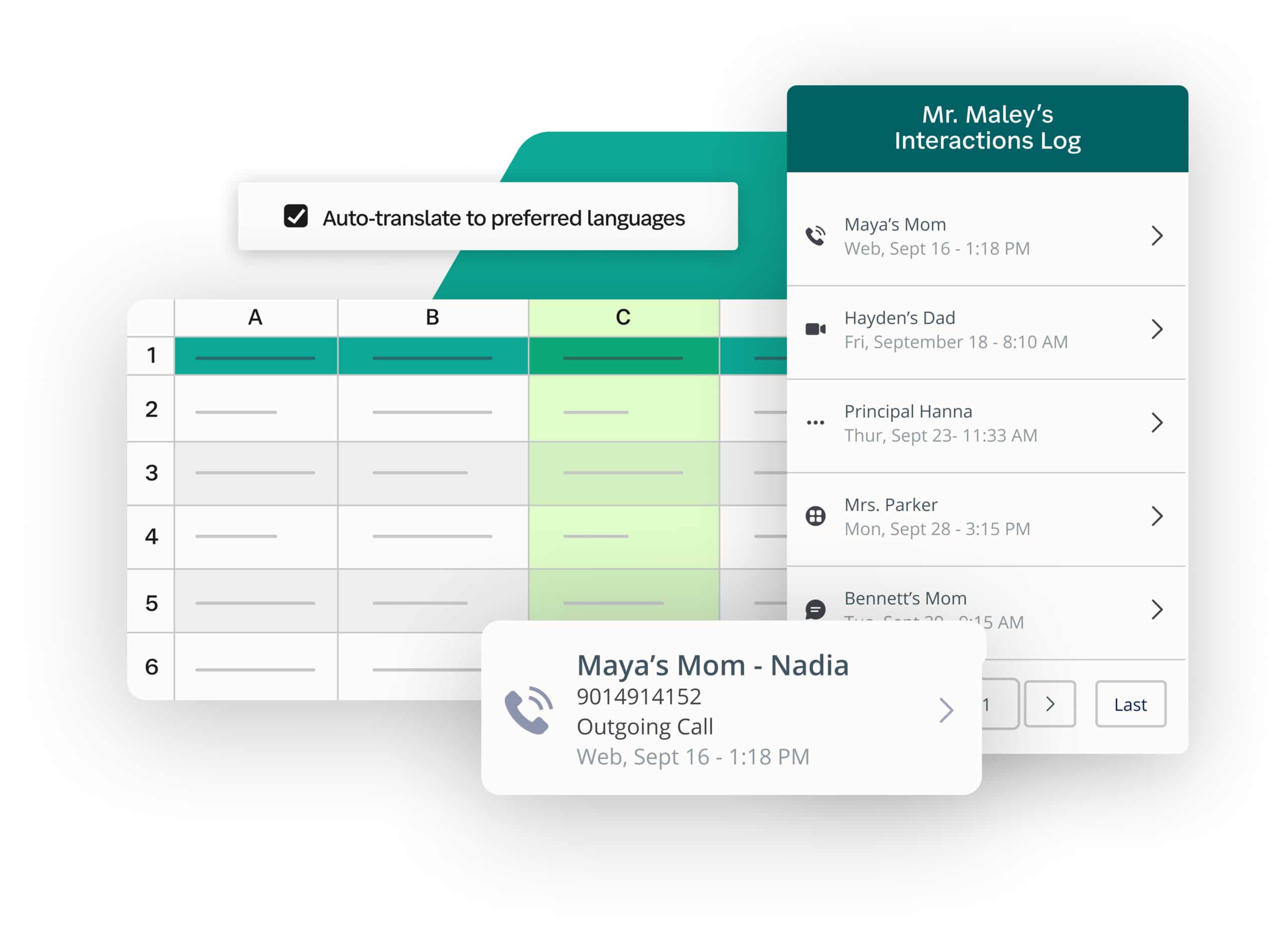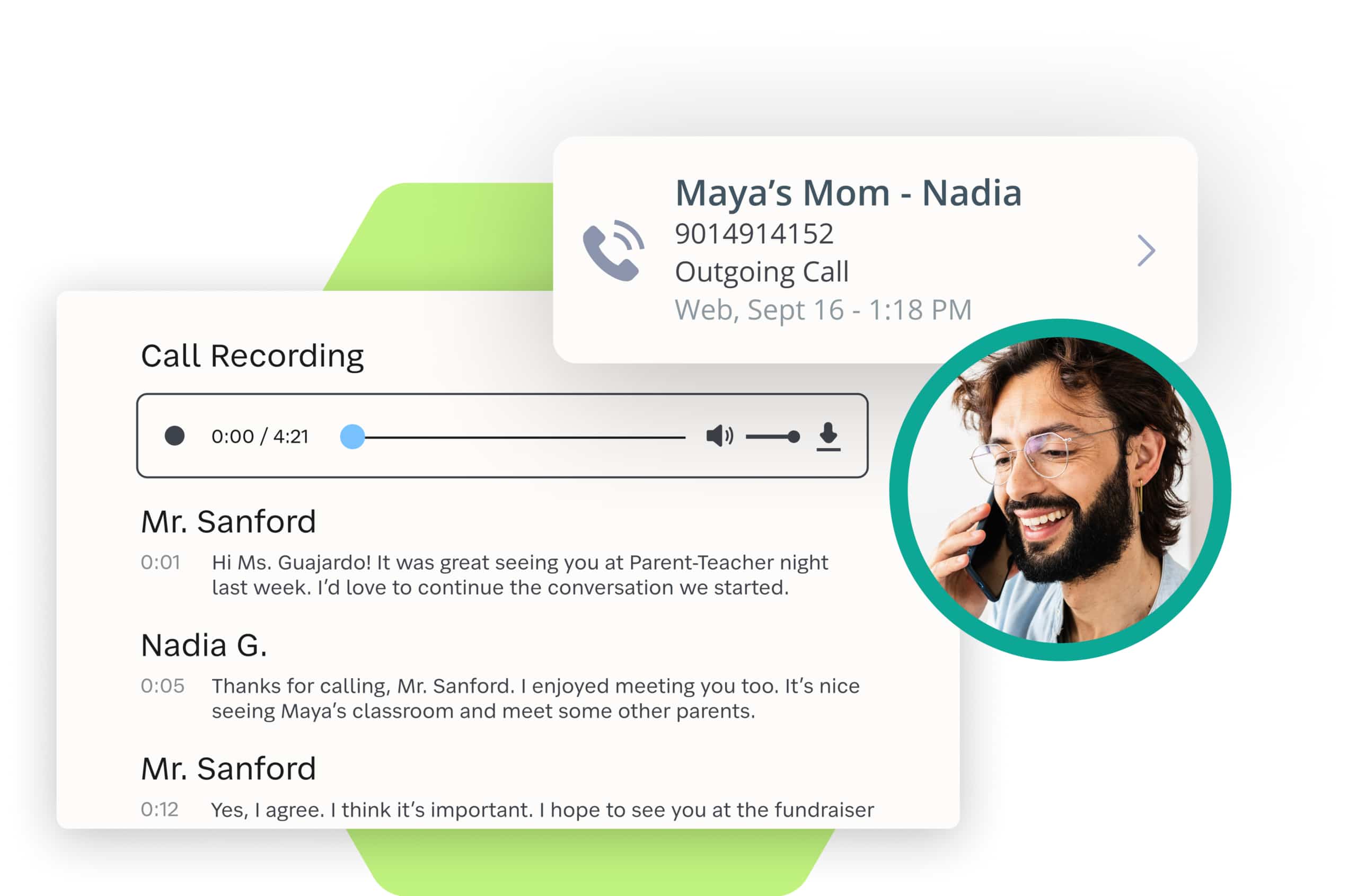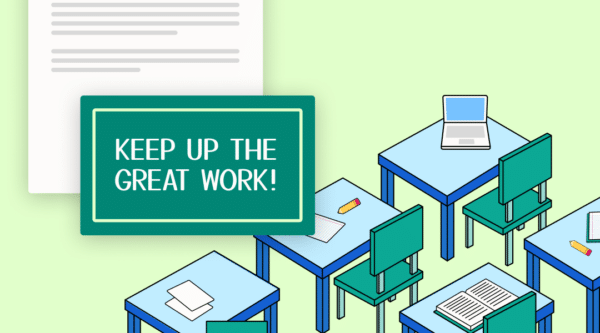

Effective family involvement is critical to student success, and one of the most essential strategies for fostering family engagement is through open, two-way communication. Traditionally, this has been accomplished with phone calls, emails, and texts between teachers and families. Two-way communication creates a balanced channel for information sharing and relationship building between school and home. However, the way these communications are recorded, stored, and shared significantly impacts their value, both in supporting student growth and in ensuring compliance with educational standards.
Digital logs are a powerful way to transform how schools manage communication data, making it dependable, searchable, measurable, and fully aligned with other student records. In this post, we’ll cover the benefits of digitizing school communication logs, with a focus on SchoolStatus Connect and why it’s a vital tool for districts.
Why Digitize Communication Logs?
Digitizing call logs for school-family communication enables schools to:
- Track engagement effectively
- Monitor family response rates
- Understand how communication impacts attendance and academic performance
- Ensure compliance with educational and privacy standards
Top 5 Benefits of Digital Logs in School Communication:
- Searchable
- Shareable
- Secure
- Recorded for Reference
- Data-Driven Insights
Let’s take a closer look at each of these benefits to see how SchoolStatus Connect helps districts streamline the process.
1. Searchable Logs for Fast Access
Traditional handwritten logs can be challenging to search through. If an administrator needs information on a specific student, they may need to contact multiple teachers or staff, creating delays. With SchoolStatus Connect, documentation is searchable in real time, offering immediate access to a student’s entire communication history across the district.

2. Shareable Across the District
Many districts have adopted digital platforms to simplify data sharing for grades, assessments, and other records. SchoolStatus Connect goes a step further, making communication logs accessible to superintendents, administrators, principals, and teachers alike. This enables all stakeholders to view and compare a student’s communication record across their educational journey, providing a comprehensive, long-term perspective.
3. Secure and Compliant
Trust is fundamental to effective school-family communication, and maintaining secure records is essential. SchoolStatus Connect protects communication logs with banking-level security, ensuring that families’ information is treated with the utmost care and meets regulatory compliance requirements. This prevents the risks associated with manual logging and offers families the confidence that their communications are secure.
4. Recorded Calls for Clarity
SchoolStatus Connect enables audio recordings of all phone calls between educators and families. Teachers can initiate calls through the platform on their computer or phone, automatically logging the call and adding the transcript to the student’s digital folder. This feature provides an accurate record, ensuring consistency and clarity, and makes it easy for administrators to review interactions as needed.

5. Data-Driven Insights with Visualization
Data visualization tools allow districts to analyze communication frequency and content, providing insights into how communication practices impact student outcomes. For example, after implementing SchoolStatus, Galena Park ISD saw over 2,000 texts sent within just two weeks, highlighting the high level of engagement across the district. Data visualization helps districts gauge engagement efforts, allowing them to make adjustments and drive improvements.
Conclusion: Why It’s Time to Make the Shift
Handwritten logs have long been a mainstay in school communication, but digital logs offer a streamlined, secure, and data-driven approach that better supports modern educational needs. SchoolStatus Connect empowers educators and administrators to monitor engagement with families in real time, facilitating a data-backed approach to family communication.
Ready to Enhance Your School’s Communication Strategy?
Discover how SchoolStatus Connect can transform communication in your district. Request a demo today to see the difference digital communication logs can make.
Stay Connected
News, articles, and tips for meeting your district’s goals—delivered to your inbox.





